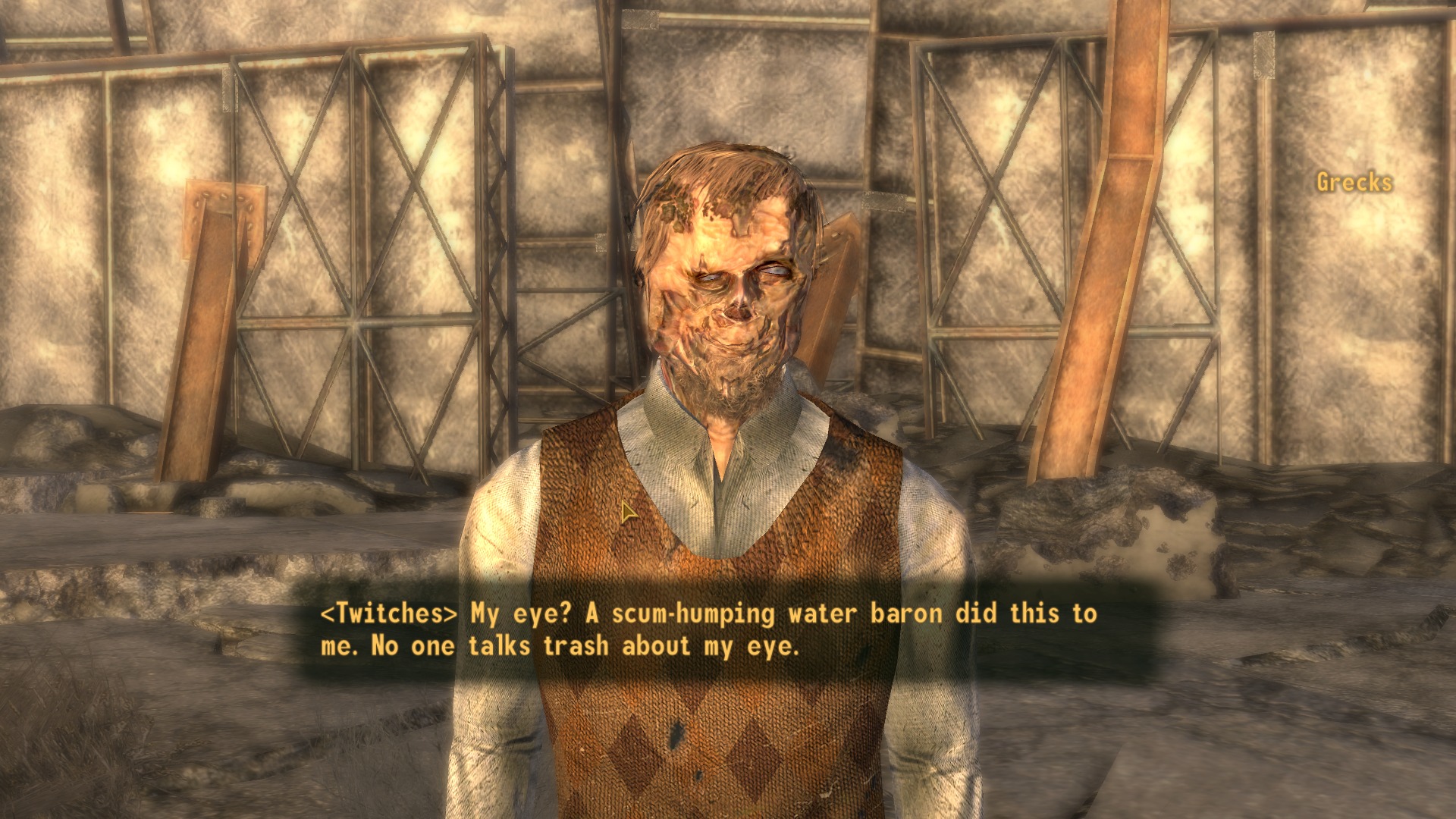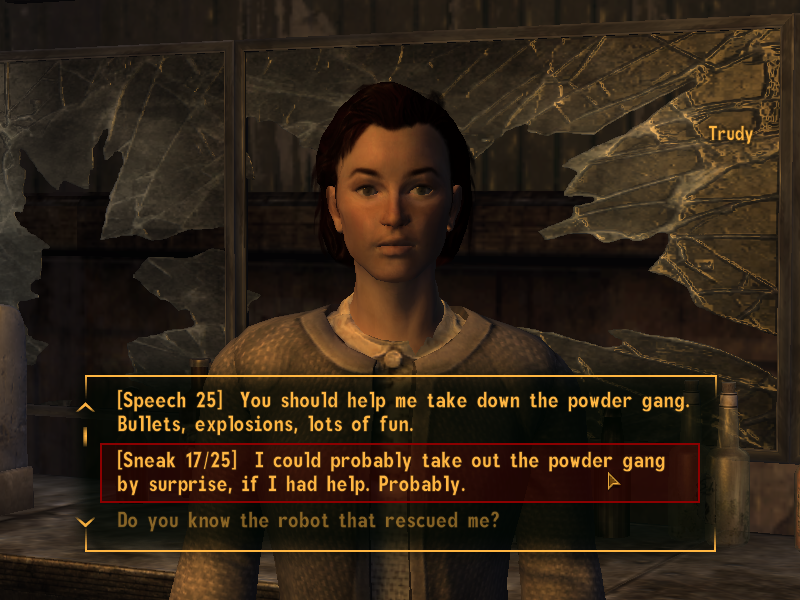With the recent news of Microsoft’s likely purchase of Obsidian Entertainment, a chapter is closed on one of the greatest independent RPG makers gaming has ever seen. Obsidian, founded in 2003 by five former developers from Black Isle Studios, never shied away from taking risks. As well as role playing games, the studio solidified themselves as one of the few developers willing to take risks with seldom seen ideas, and boundless ambition.
Their first game was Star Wars Knights of the Old Republic II, both a sequel to a popular game and a licensed game to an equally popular franchise. Their last game as an independent studio is no less risky – Pillars of Eternity II, a crowdfunded old-school RPG of epic proportions.
Microsoft squashing some of that bravado and ambition is as inevitable as death and taxes. We are talking about the publisher that relegated Rare to a Kinect sports game studio, and hit the studio with layoffs when the game didn’t perform well. Apparently nobody wanting a Kinect sports game was a surprise to the publisher. But Obsidian and Rare’s deaths aren’t the only one we must morn this day.
Joining them in the grave is Fallout, with the release of Fallout 76. Once a turn-based RPG centered on player choice, freedom, and tactics, the newest outing of the now Bethesda-owned property is an online co-op first person shooter crippled by bugs on Bethesda’s own admission. Turns out it doesn’t “just work.”
It’s fitting then that Obsidian, run by the folks who worked on Fallout 2 and the cancelled Fallout 3: Van Buren, got one last chance to revisit the franchise. What the little indie game company came up with would become legendary, and the last taste of the once great franchise fans would ever see.
New Vegas, Old School
Fallout: New Vegas, released in 2010 after an insane 18-month development cycle as mandated by Bethesda, garnered mixed reviews from critics. They held the game’s feet over the fire for its litany of bugs, its dated graphics, and rudimentary combat. But those flaws – arguably the fault of Bethesda, as Obsidian had to use their dated game engine and wrangled with a rushed schedule – did not hurt the game too much.
Underneath the ugly graphics and bugs was one of the great games ever made. It had all the hallmarks of a classic Fallout games, the same missing from Bethesda’s own Fallout 3 and even more so in the later Fallout 4. Player choice, freedom in spades, tactical combat, and honest to goodness skill checks made New Vegas an engrossing and engaging affair. You could shoot your way out of your problems, but you could also talk your way out, or lock pick out, or sneak, blow up, punch, stab, or avoid getting into trouble to begin with.
The sheer amount of freedom granted to the player, both in the gameplay and the plot through dialog options and the multiple factions you could join or destroy, is what makes the game. Sure the combat isn’t great, and the graphics haven’t aged well, but that’s like saying dogs are bad because they fart sometimes. Sure, it’s a problem, but there’s so much more to it than what’s on the surface, and that’s something Bethesda has never understood.
A Free Spirit
Fallout: New Vegas is a game that only an indie developer with AAA money behind it could make. As demonstrated with Fallout 3, 4, and now 76, Bethesda isn’t in the market of making games out of love. They’re here to make money, and that means watering down these games to be as appealing to as big an audience as possible. That means goodbye player choice, narrative, and multiple options, and hello shoot everyone in the face until you’re the last bastard standing, oh look, loot! How about that dank Fork Knife, eh kids? Memes!
Let’s not be naïve, Obsidian is also in the business of making money. But like only the good developers, and this is applying less and less to the AAA industry, they are also love video games, and the games they make. They understand that there’s more to video games than an infinite source of revenue, it’s about creating art, something great, something you can stand by and say you made with love. So much for not being naïve.
Fallout: New Vegas is the kind of game you get when you give an indie developer the budget of a AAA game. The game feels intimate, employing a level of freedom and deep systems you only ever see in indie games. It excels in the same way indie games do with ambition and innovation, and falls in the same way indie games tend to, with over-ambition and either a lack of time or money to meet those ambitions.
But it’s also unmistakably a AAA game too. The map isn’t the biggest ever made, but it is one of the most dense. The Mojave is a massive world to explore, with several buildings you can enter that have nothing to do with any quest, an equally large play time, NPCs that also serve little purpose other than to make the world feel lived in, and new side-quests and lore-enhancing notes and set pieces every two or three steps.
Once In a Generation
Fallout: New Vegas is a rare breed. Small, independently owned companies like Obsidian almost never get a chance to play with the big boys of the industry. Despite the game’s cult following, Bethesda never allowed Obsidian to touch the franchise again. New Vegas didn’t make all of the money in the world, and by AAA logic, no money is better than some money.
Perhaps Microsoft will allow Obsidian to continue operating as they have, pumping out admirable RPG’s on a higher budget. Perhaps they’ll be working on Halo 41 or Gears of War 18 in five years’ time. Either way, it’s clear we will never see another game like Fallout: New Vegas ever again, as if the state of the world hasn’t made us all miserable enough.






